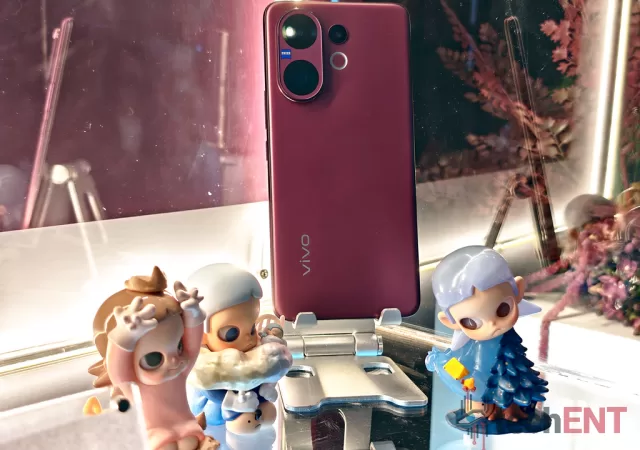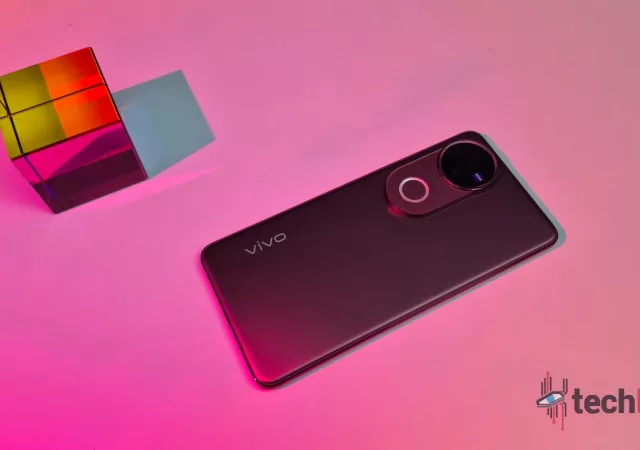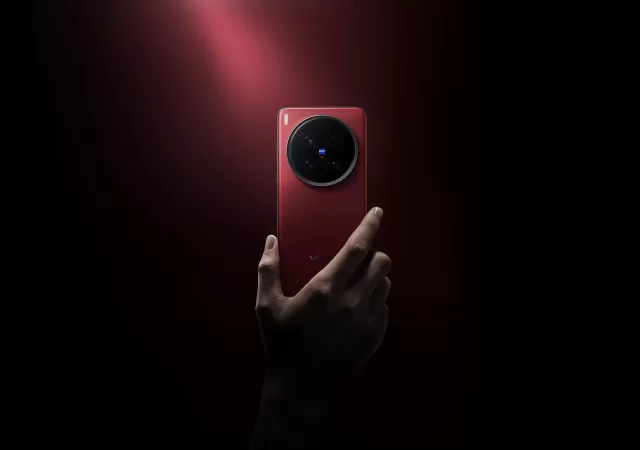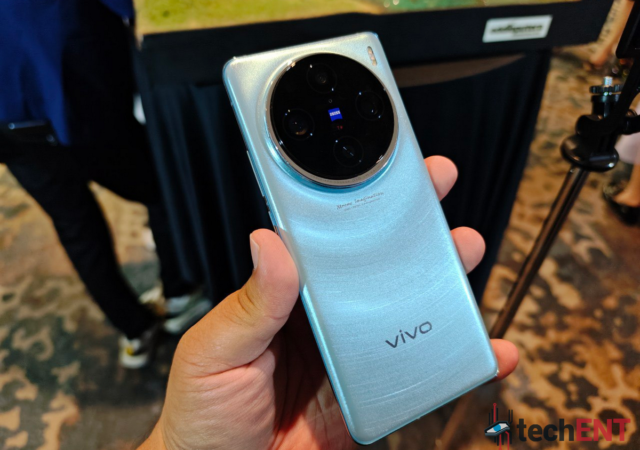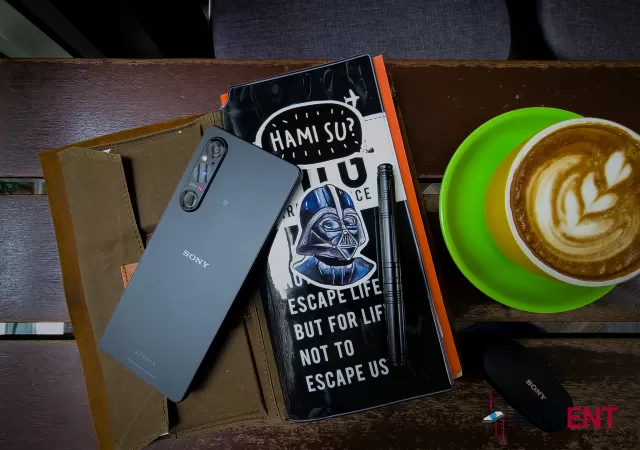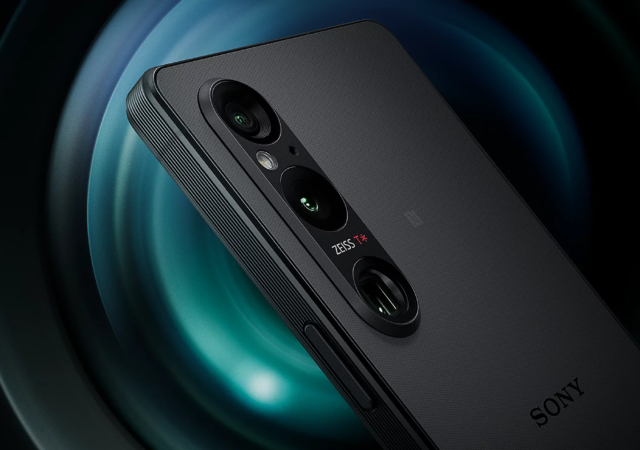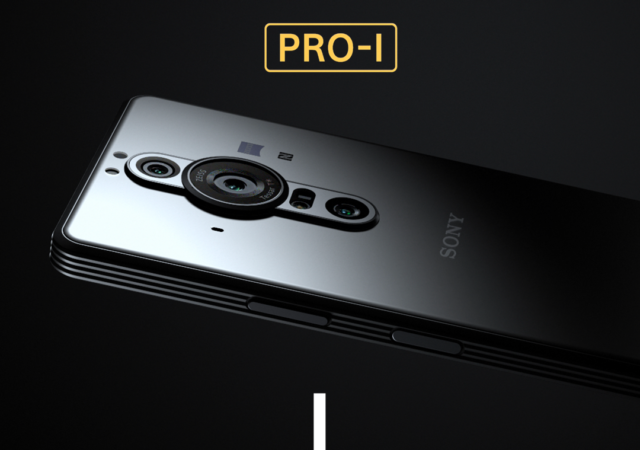After its showcase at Kuala Lumpur Fashion Week 2025, vivo is officially launching the new V60 in Malaysia. This new addition to the V series aims to bring flagship photography features from its X series to a more accessible device.…
vivo X Fold5 Debuts in Malaysia with a Sharp Focus on Productivity
Foldable smartphones are becoming more mainstream and they’re constantly pushing boundaries. This year, vivo is entering the market with its latest offering: the vivo X Fold5. Vivo’s debut is looking to bring flagship performance, craftsmanship, and some clever AI-powered productivity…
Vivo V50 In-depth Review: ZEISS Classes Up vivo’s Midrange Hero
vivo’s V50 enters a midrange that is uniquely challenging with a proposition that could see it become the king of the hill. But is a ZEISS camera system enough?
Vivo Expands Its Flagship X200 Series: Meet the X200 Ultra and X200s
vivo Announces two new additions to its flagship X200 series with the X200 Ultra and the X200s.
vivo V50 Paints Malaysia Red with Dual 50MP ZEISS Cameras
vivo unveils it’s mid-range V50 that brings a new dual 50MP ZEISS camera setup for advanced photography with a stylish Ancora Red finish.
Celebrate Deepavali with Stunning Portraits and Exclusive Deals on the vivo V40 Series
Celebrate Deepavali with vivo V40 and V40 Pro smartphones. Capture the vibrant festive moments with advanced night photography and professional-level illumination.
Vivo X100 Series Lands In Malaysia; Prices Start at RM3,499
The Vivo X100 series is officially available in Malaysia. The X100 Pro and X100 tread new waters with deeper integrations of ZEISS Optics.
The Sony Xperia 1 V In-Depth Review – Maybe the Best MYR 6,399 You Can Spend
Sony’s Xperia 1 V is a thing of understated beauty to us. We really like it, but we also think that it is not made for everyone.
The Sony Xperia 1V is Here – Mark V, Not Vee, Coming Soon for MYR 6,399 Onward
Sony introduces their latest Xperia 1V flagship with a new 48-Megapixel Exmor T for mobile camera sensor, available soon for MYR 6,399 onward
Sony Launches the Sony Xperia PRO-I – Camera Smartphone Redefined
Sony launches their new flagship device, the Xperia PRO-I features a Type-1.0 sensor found in the RX 100 VII conquers the camera smartphone



